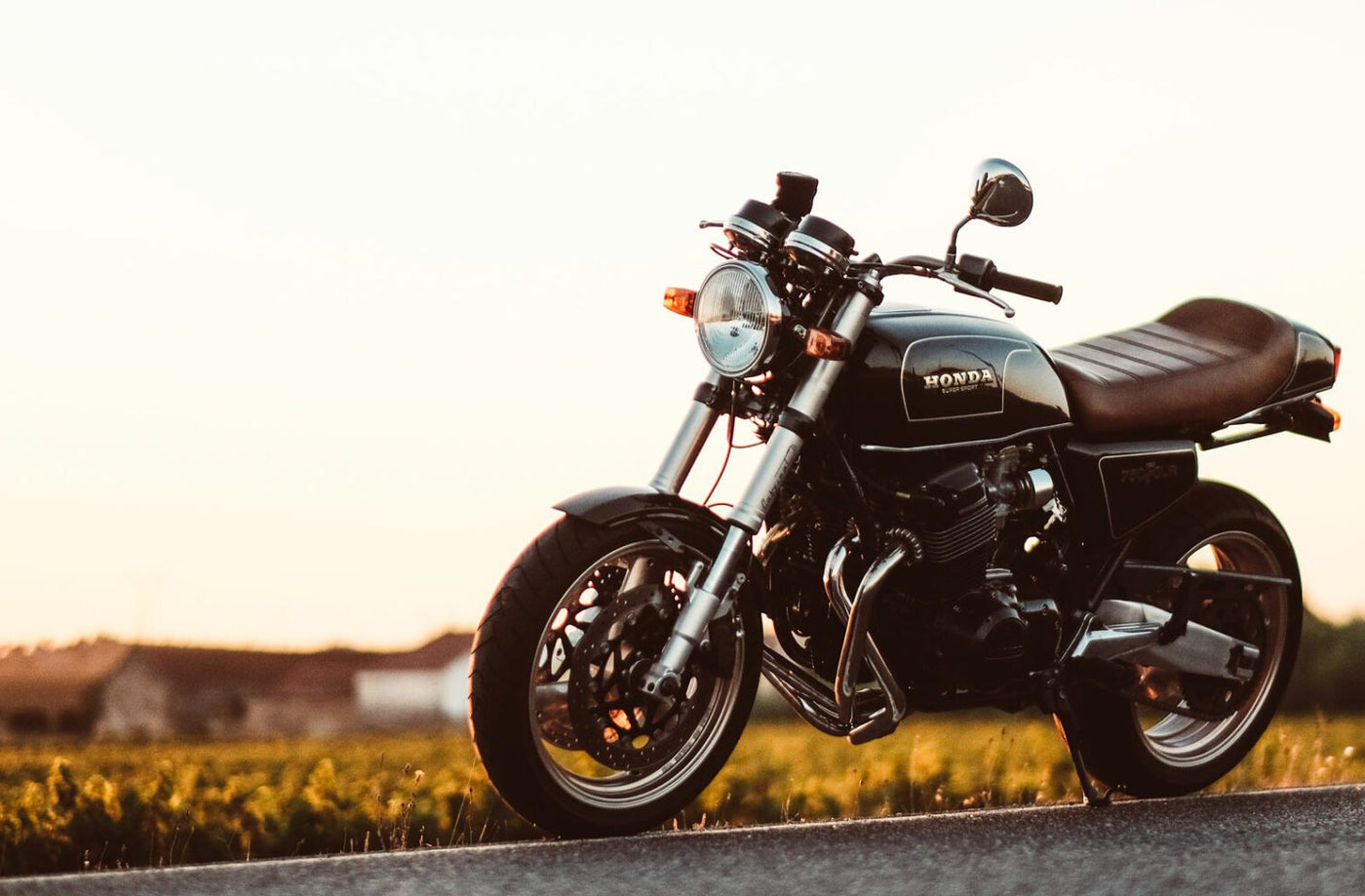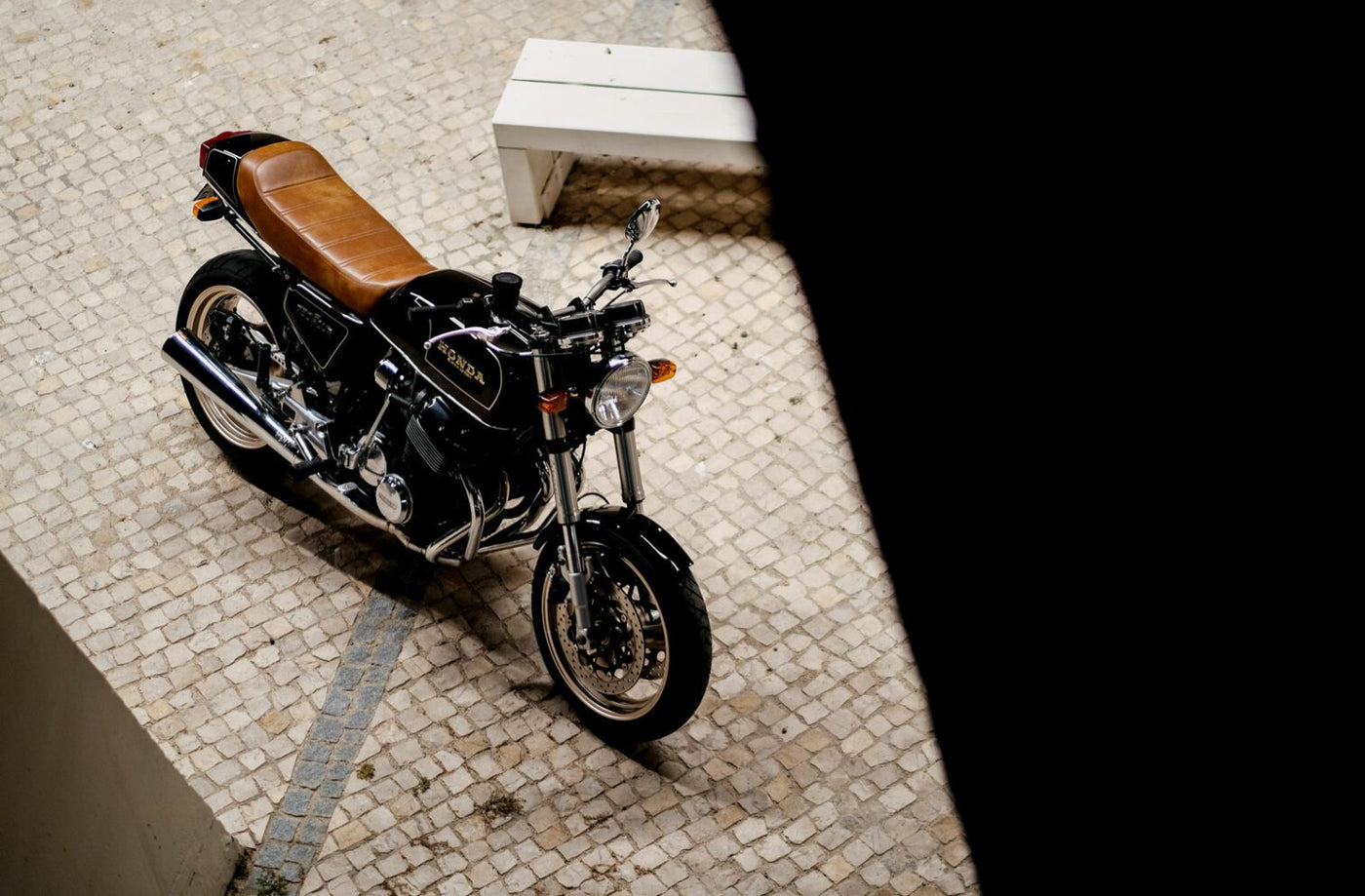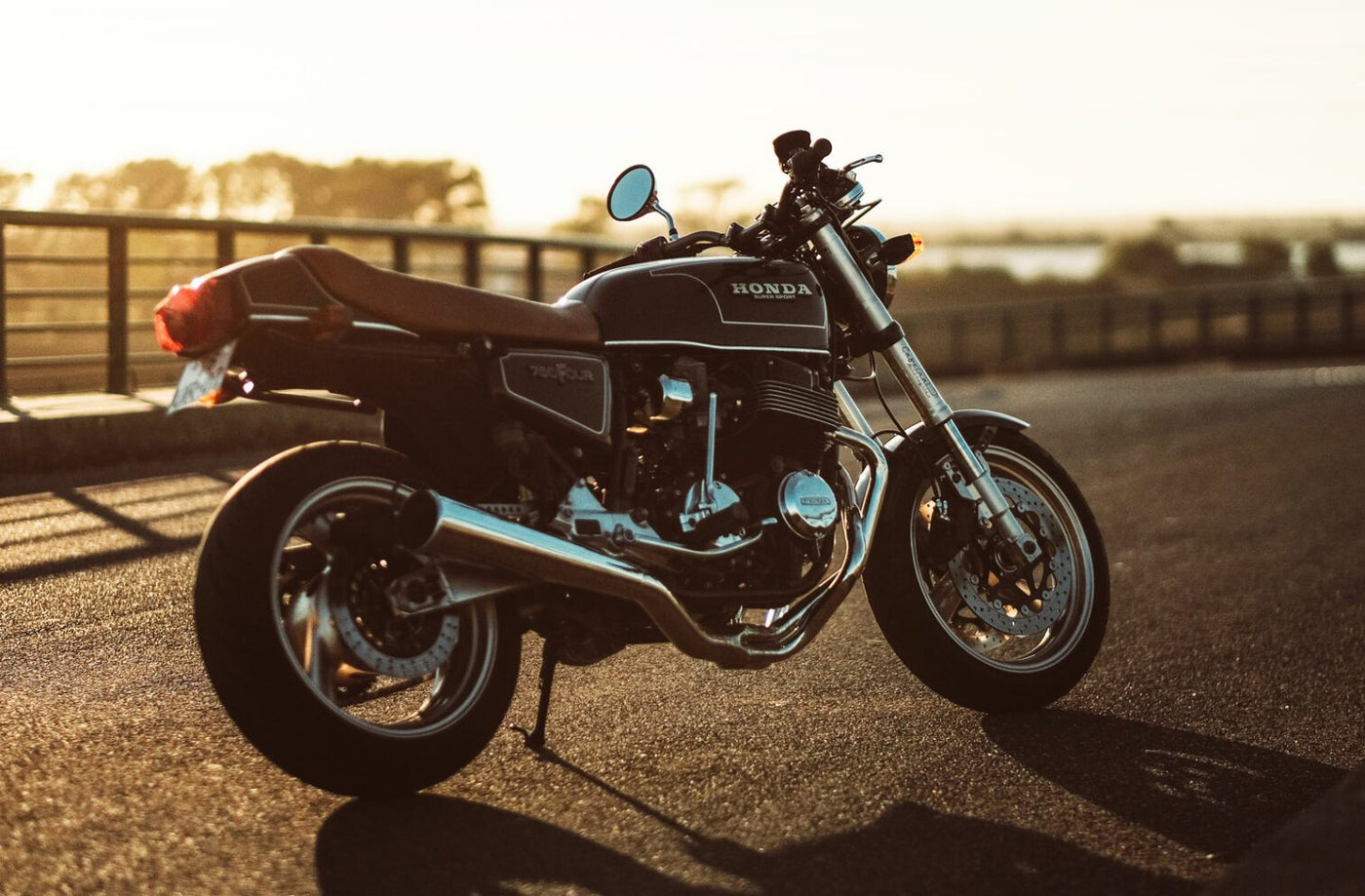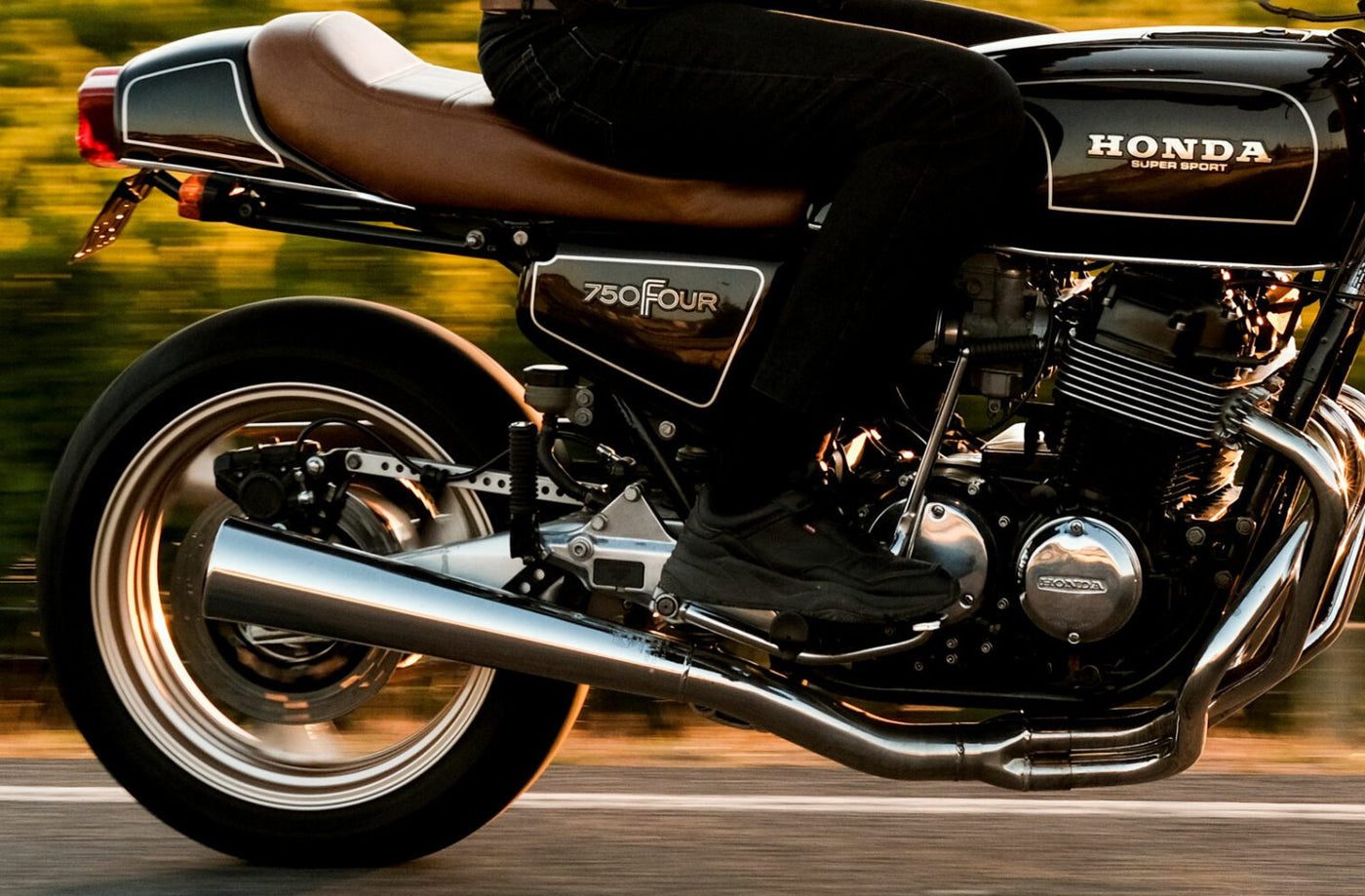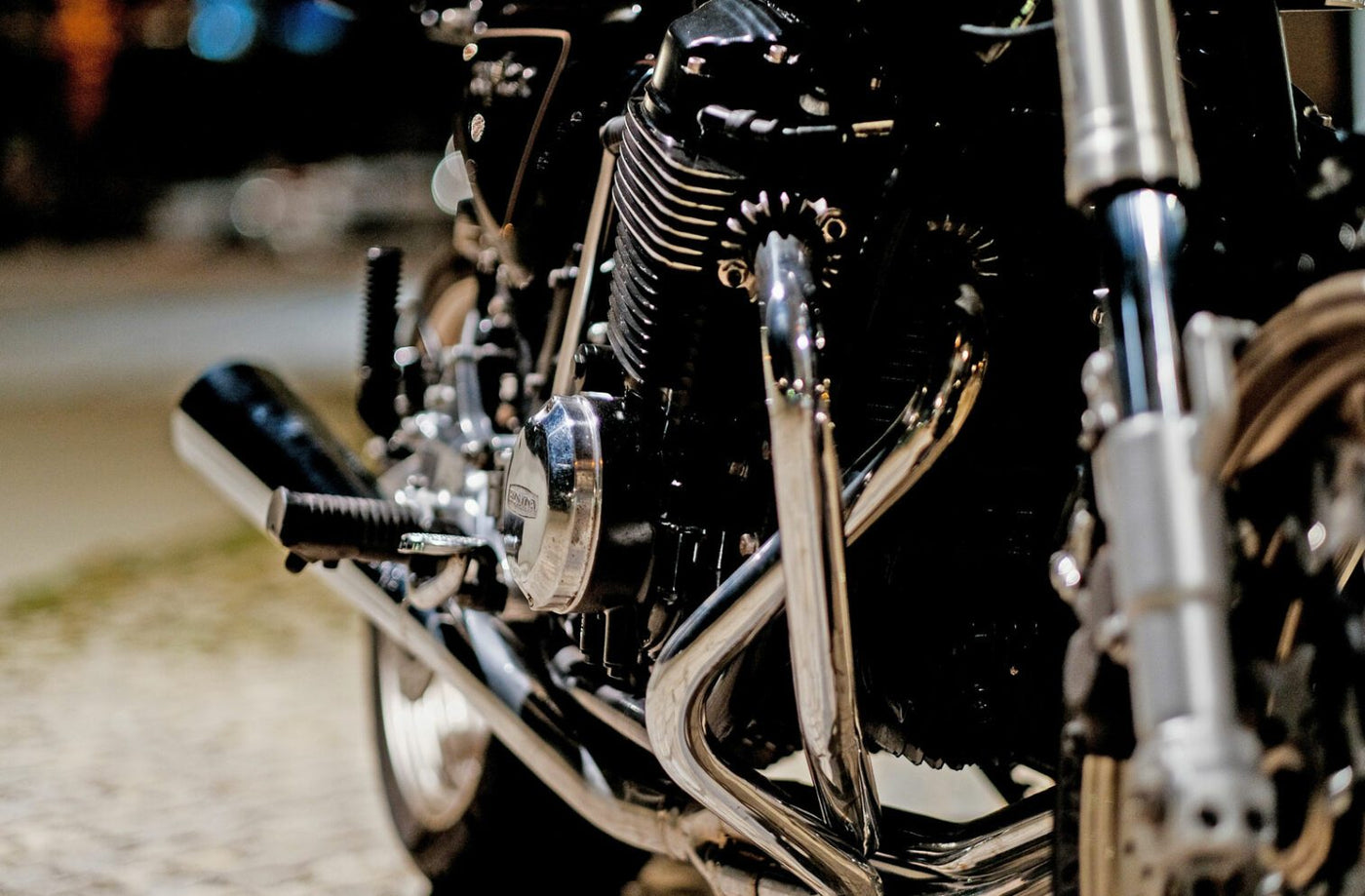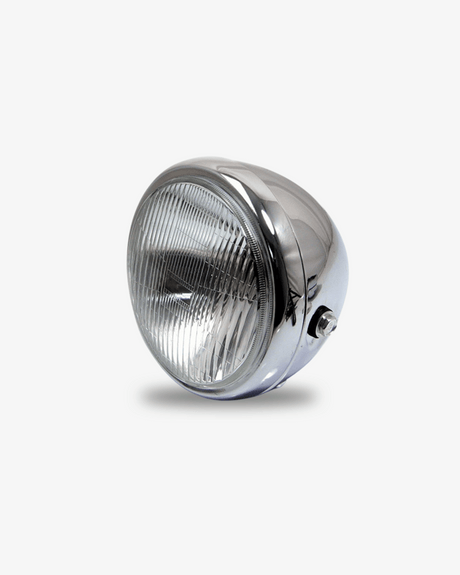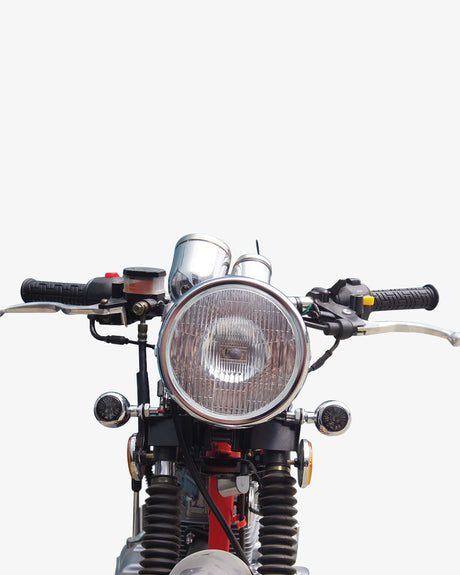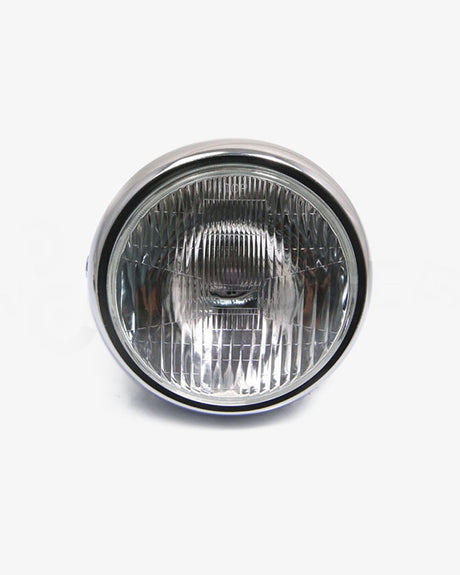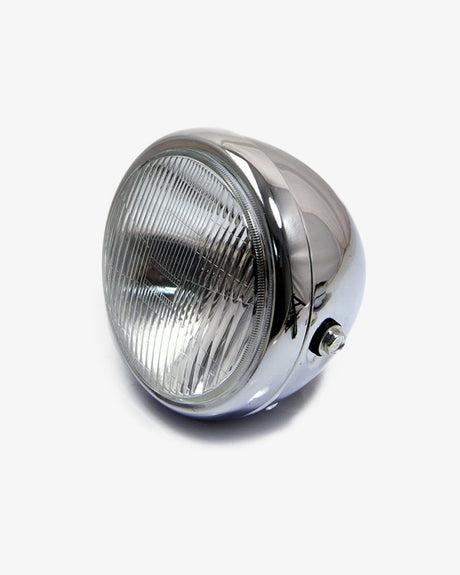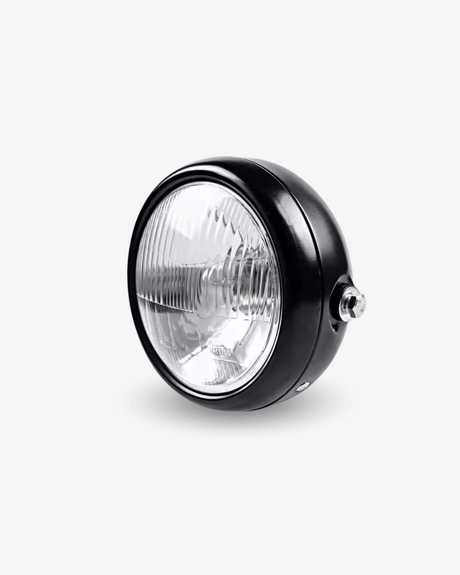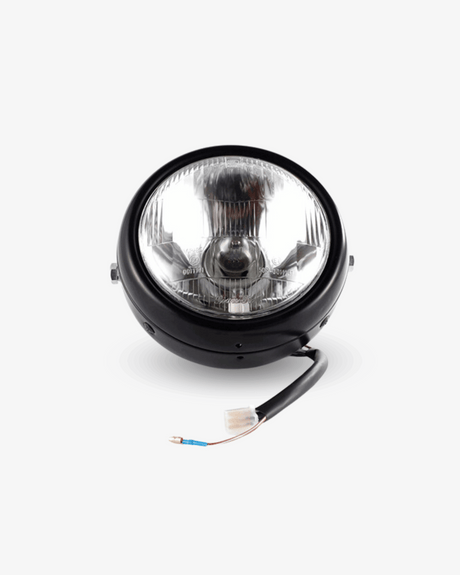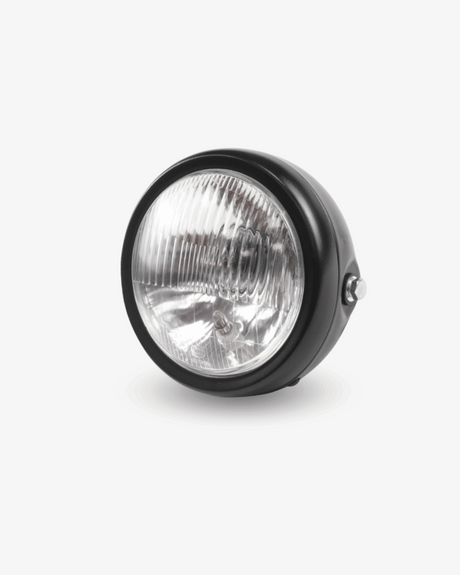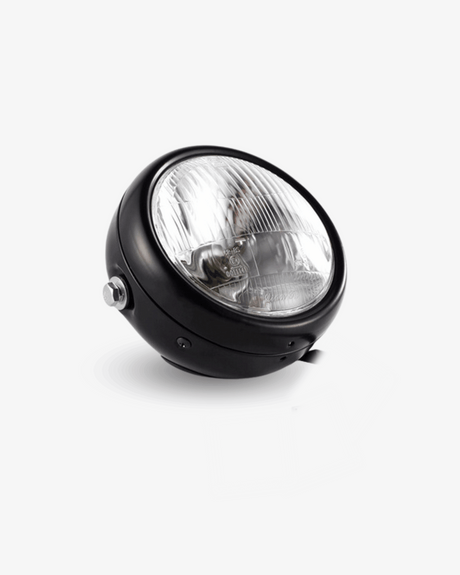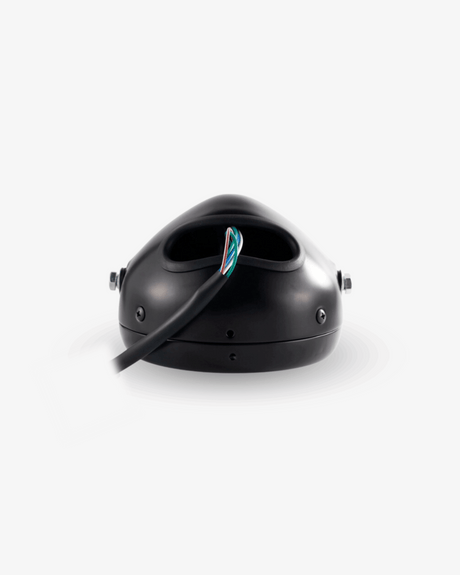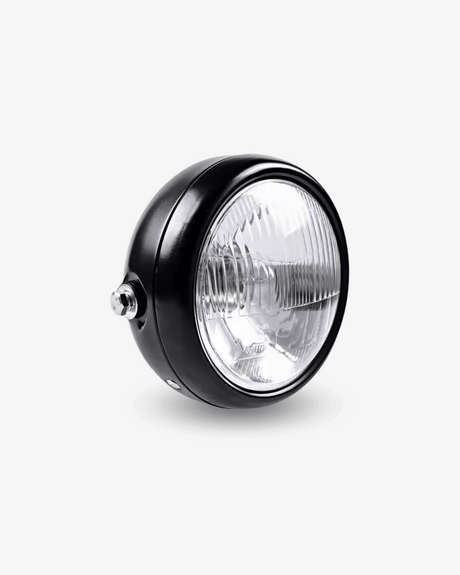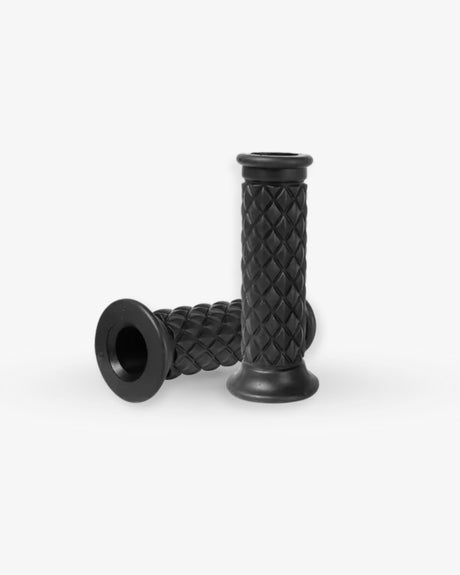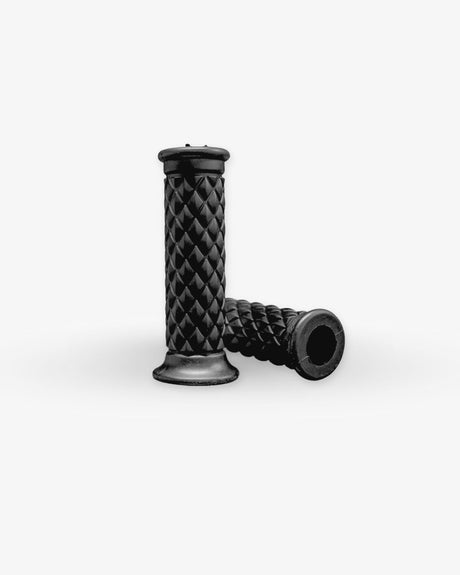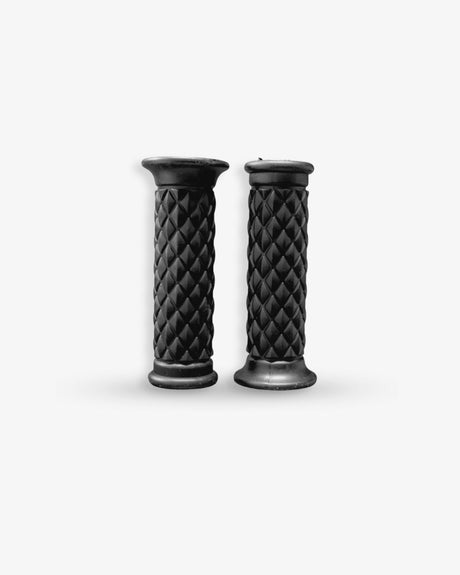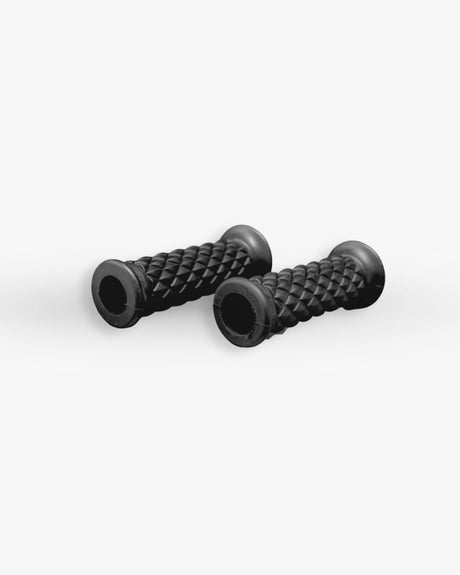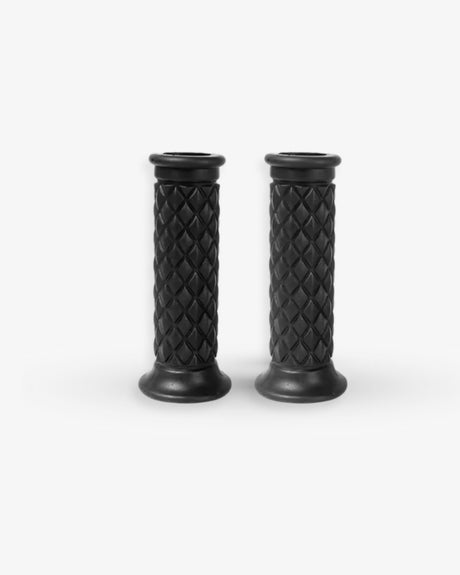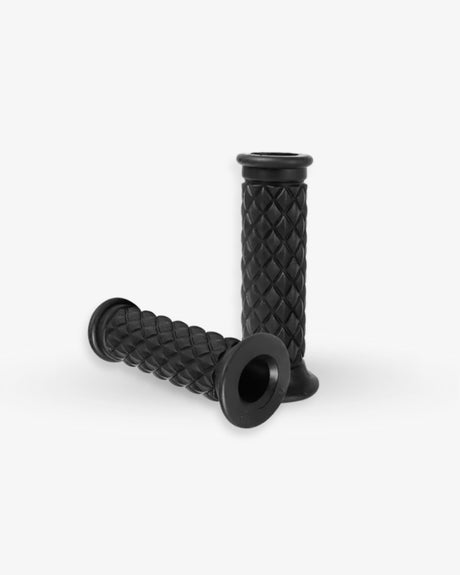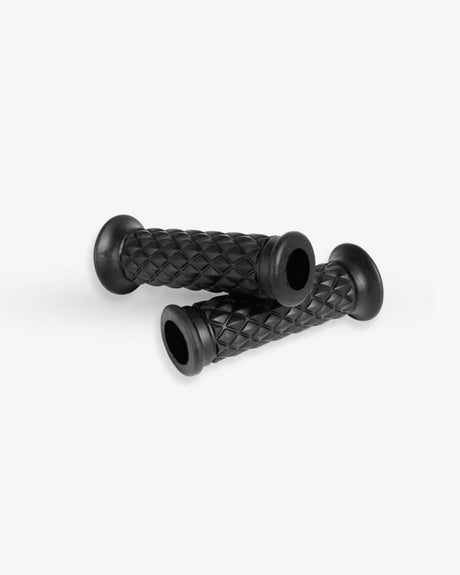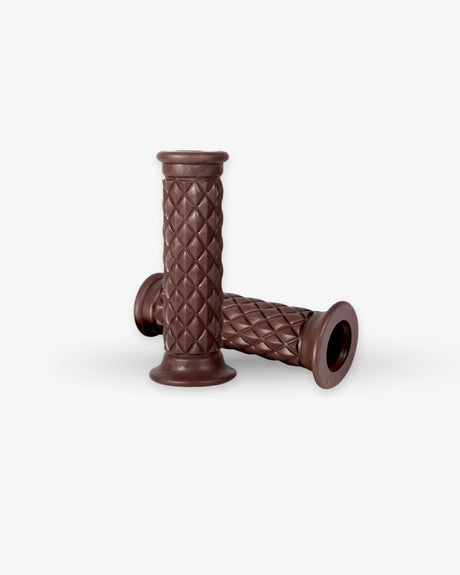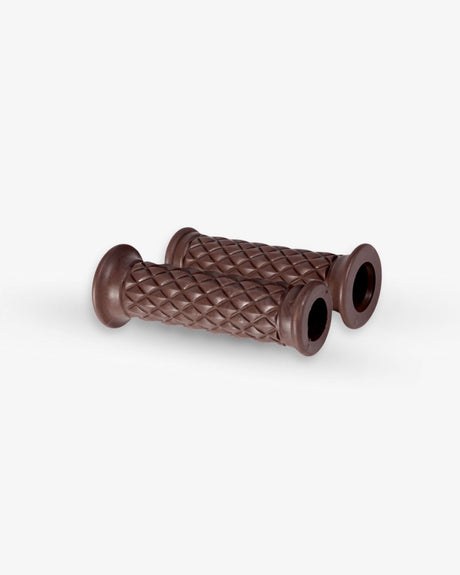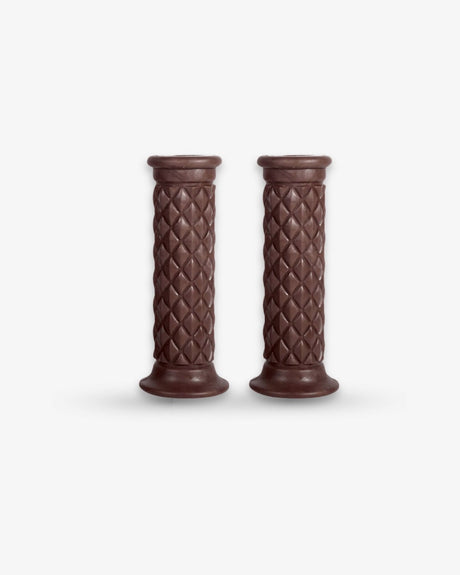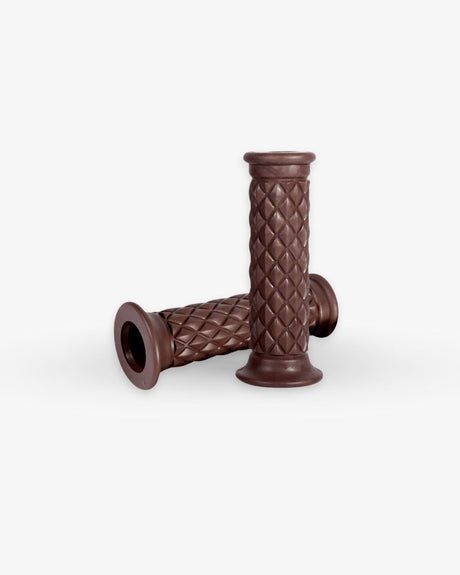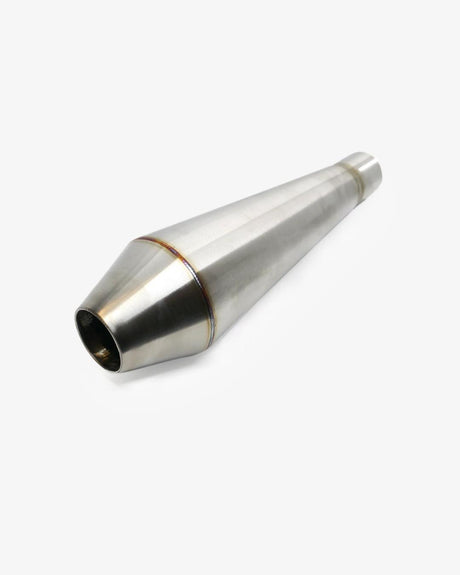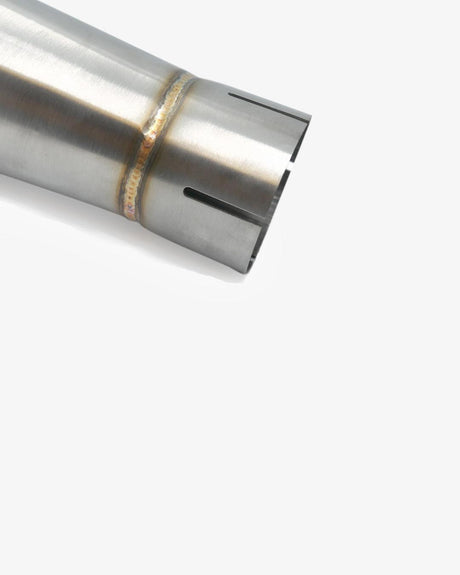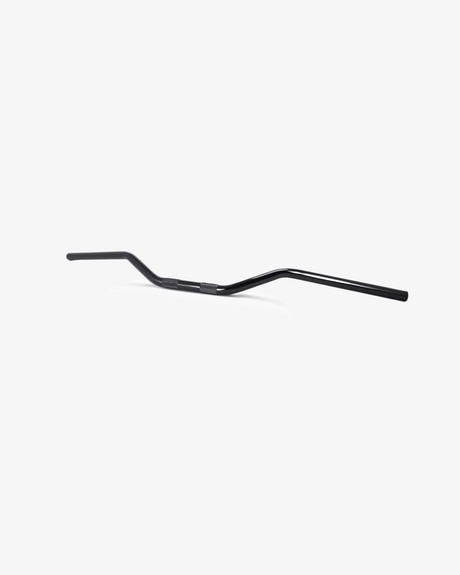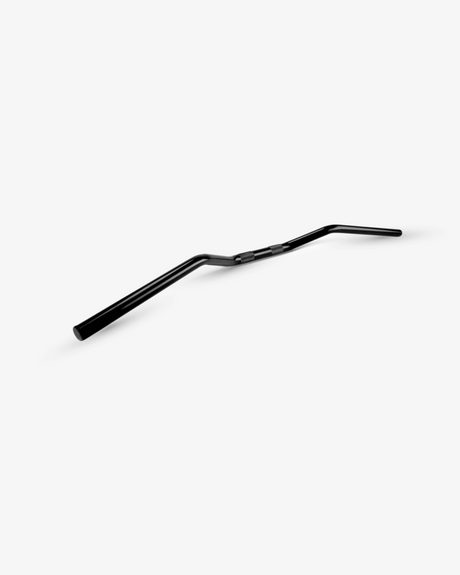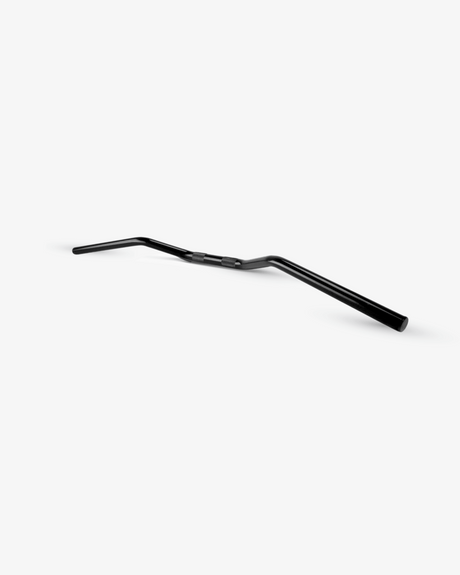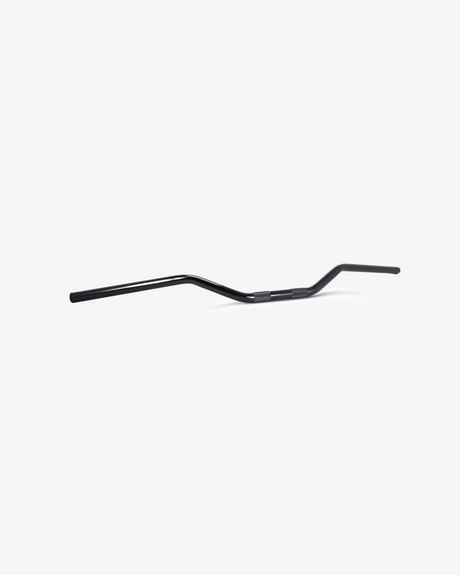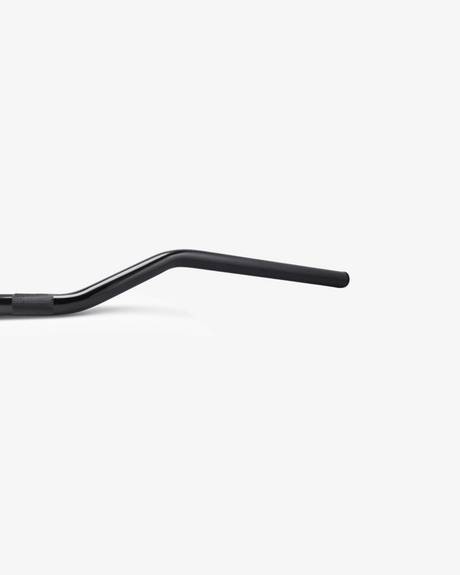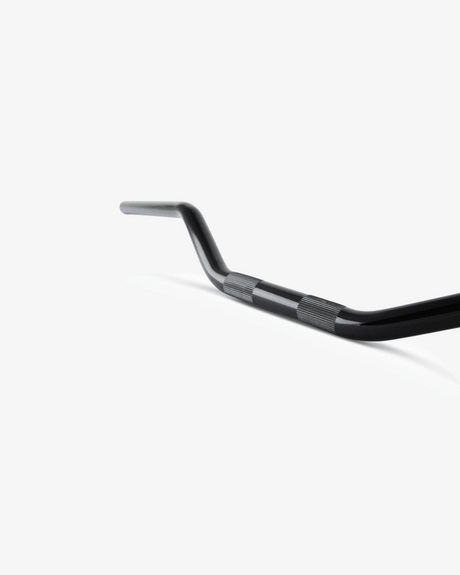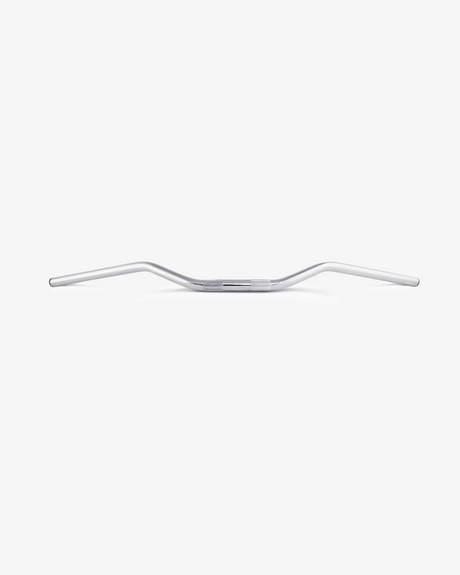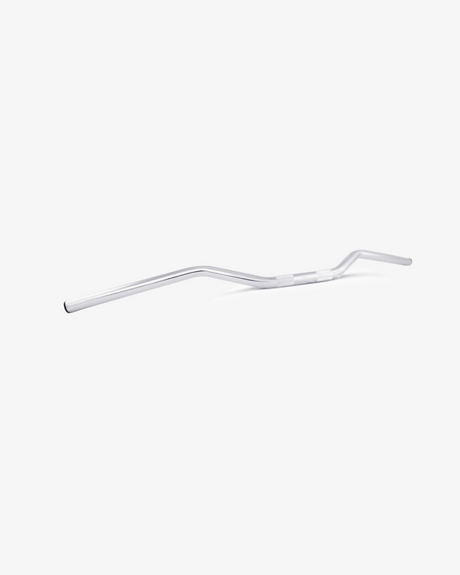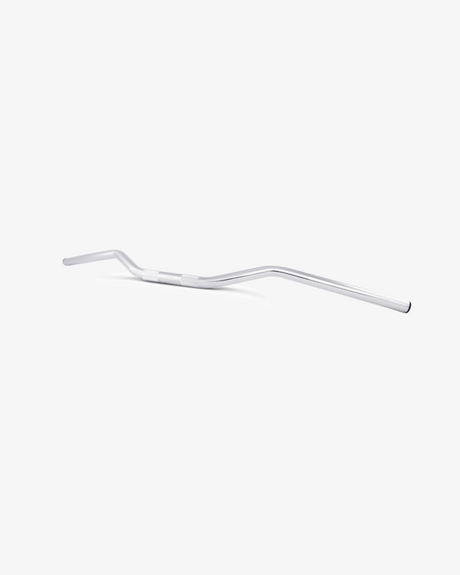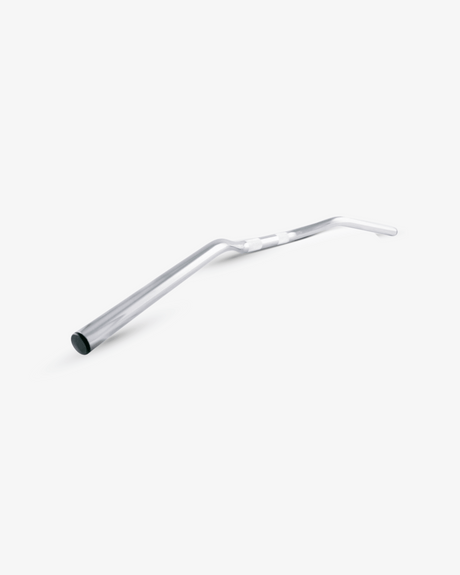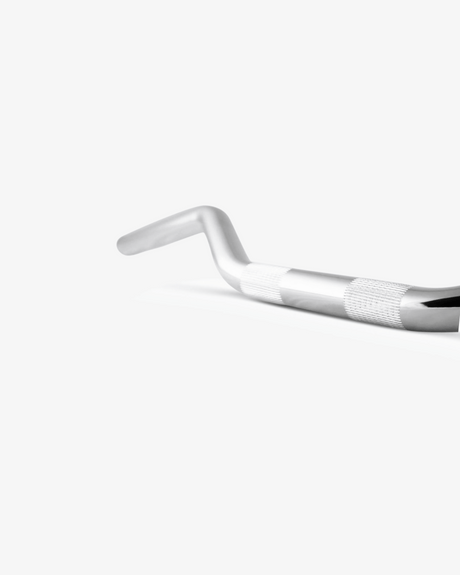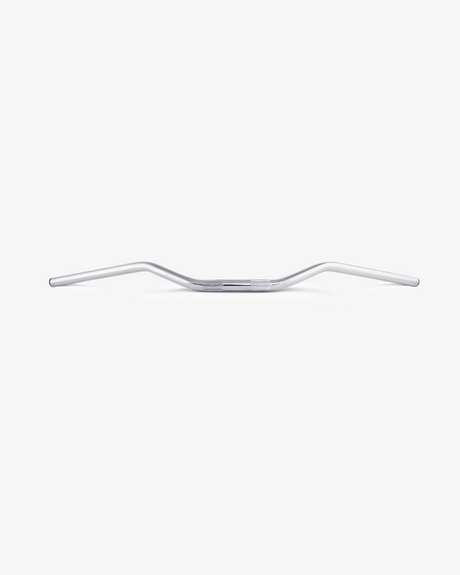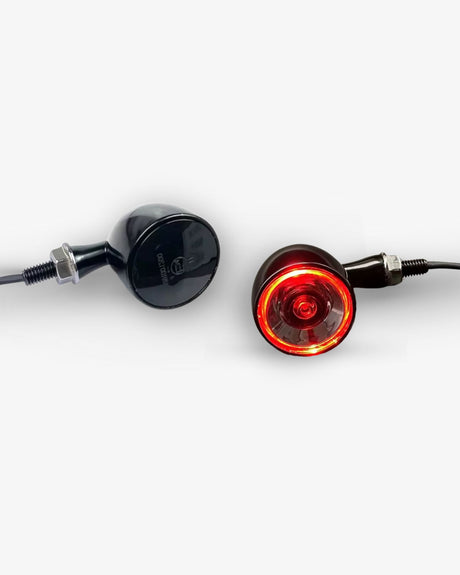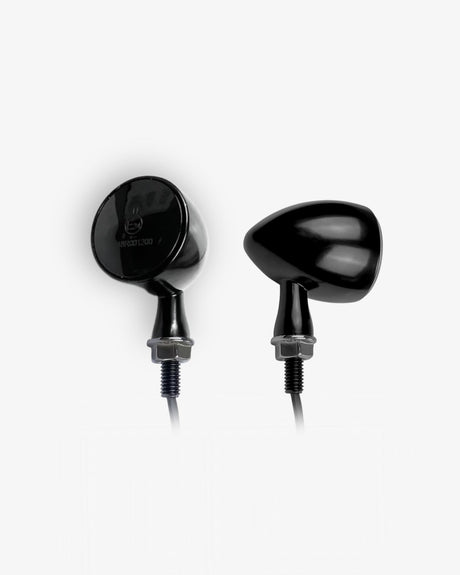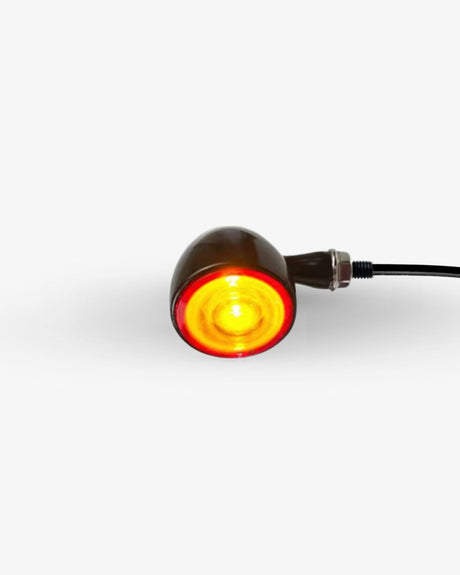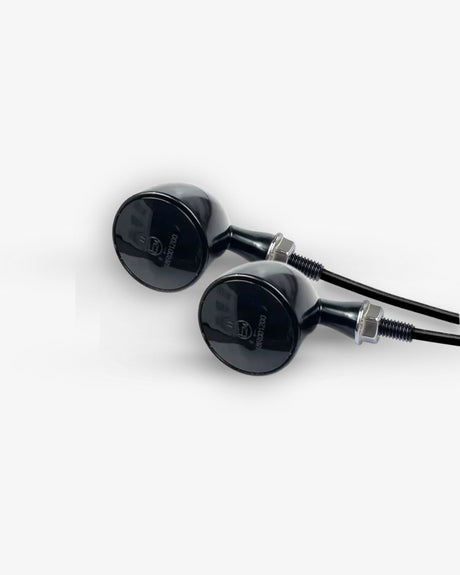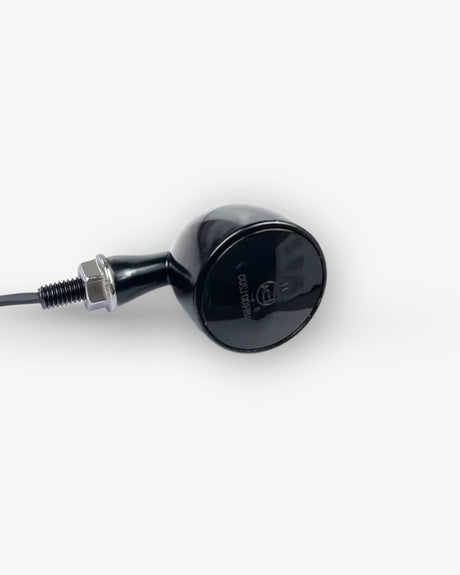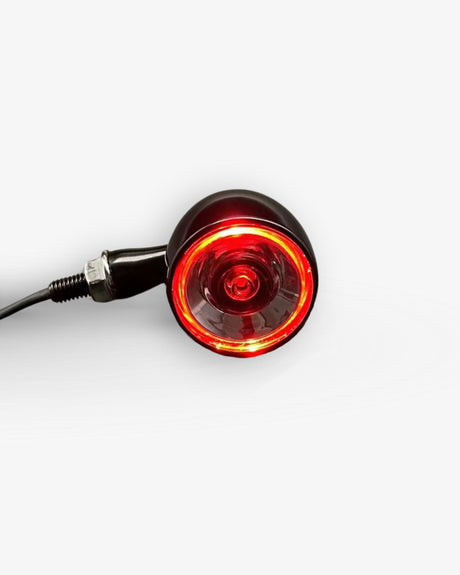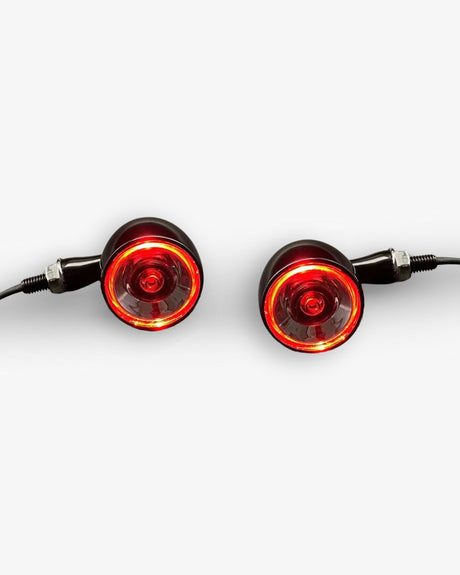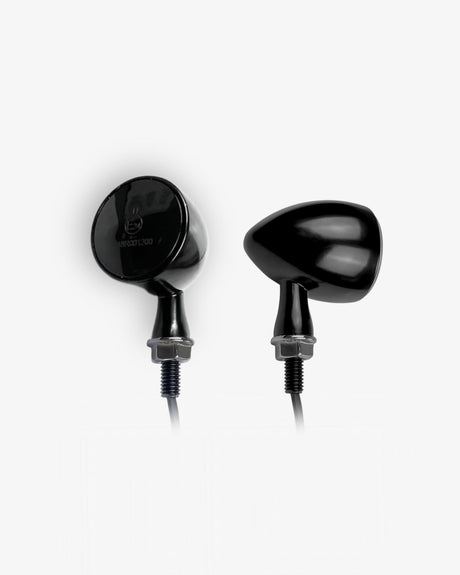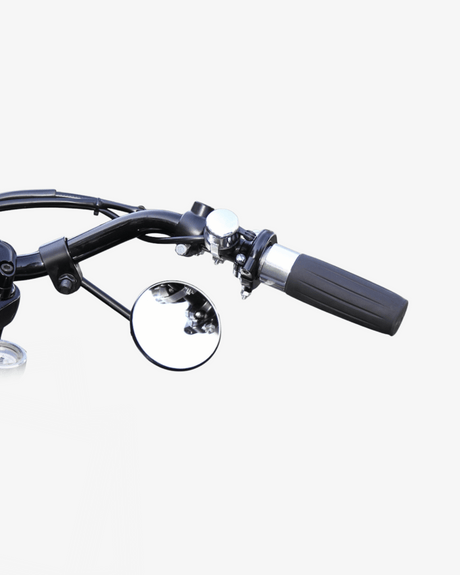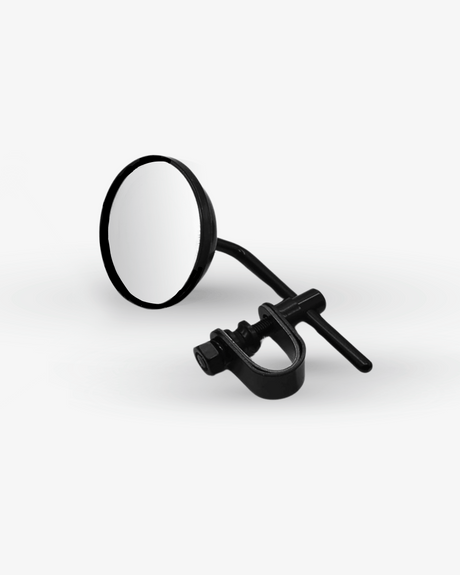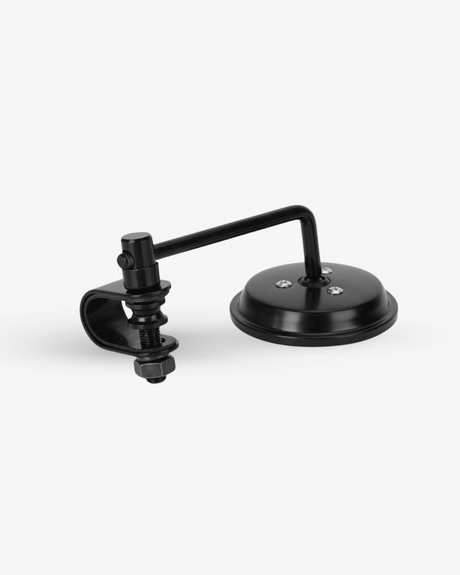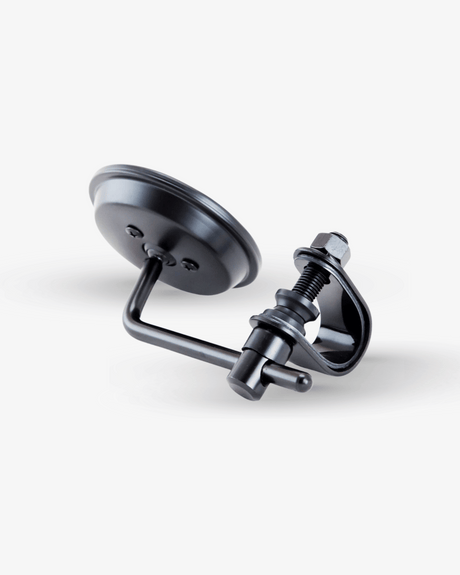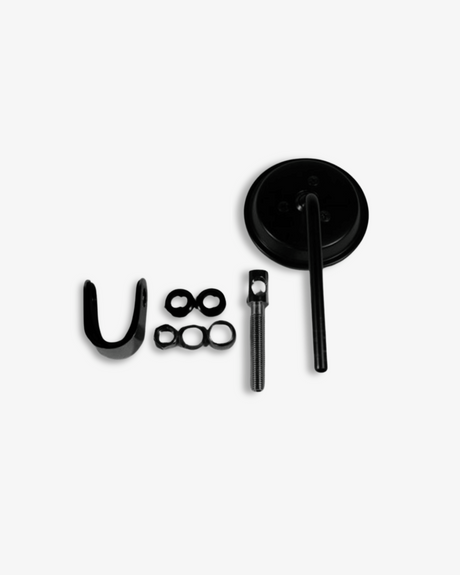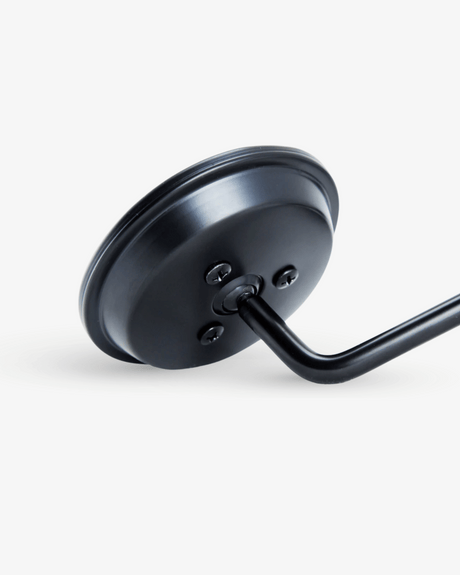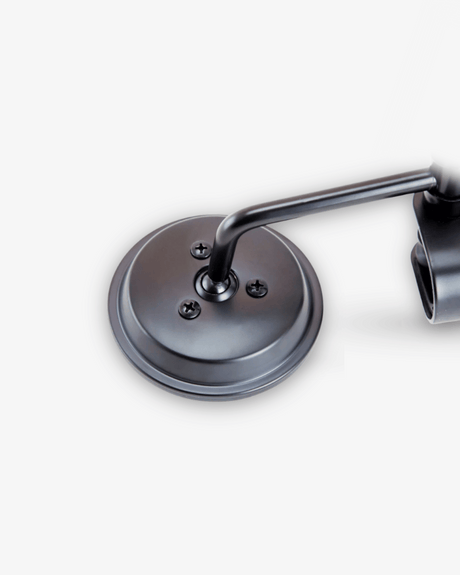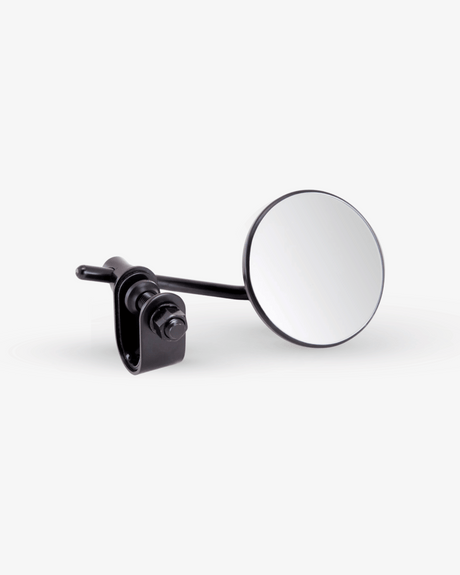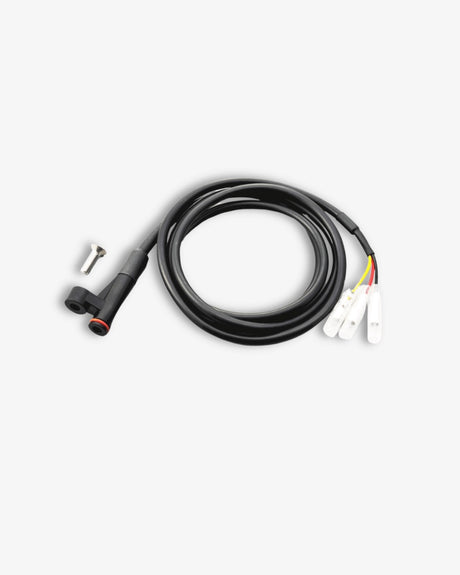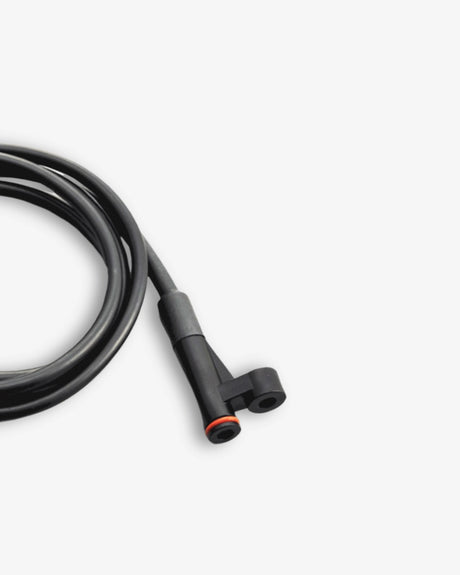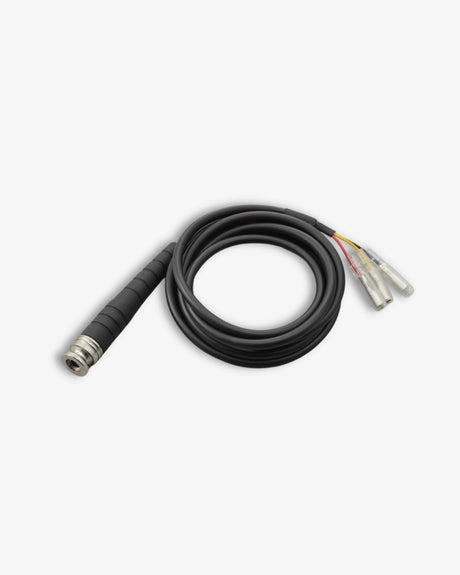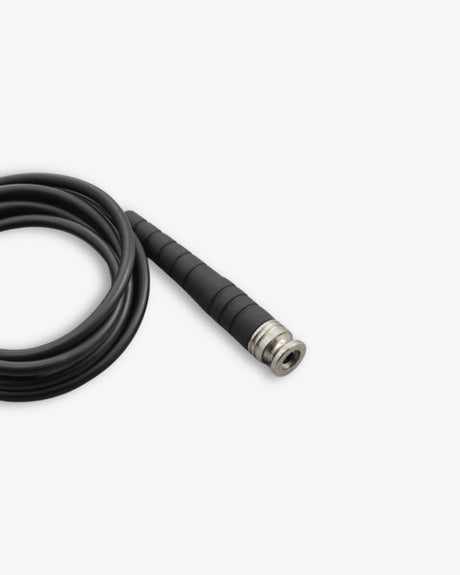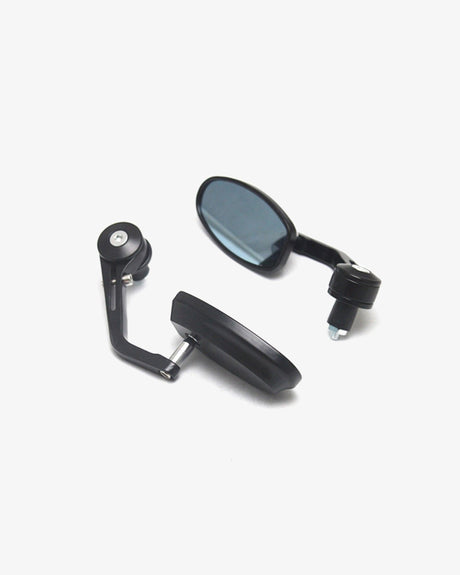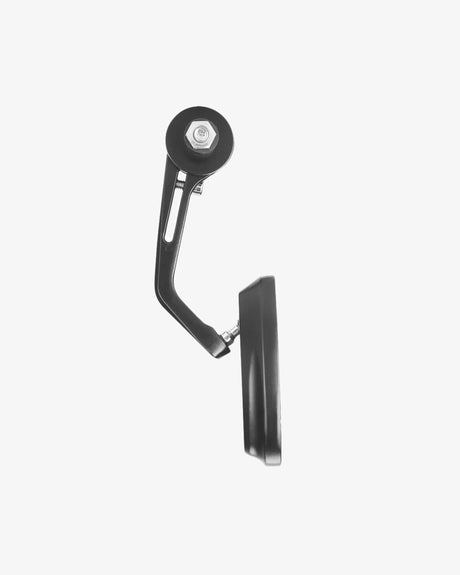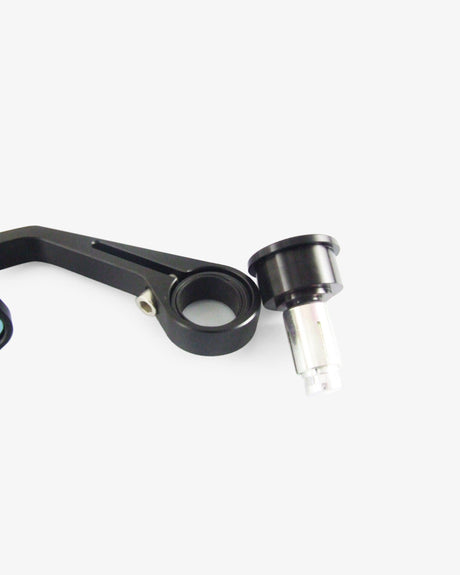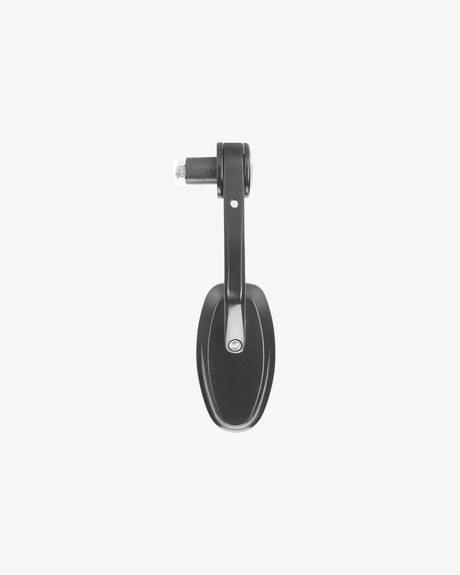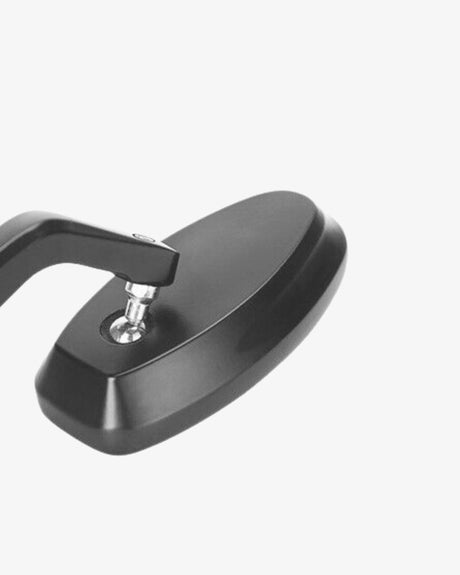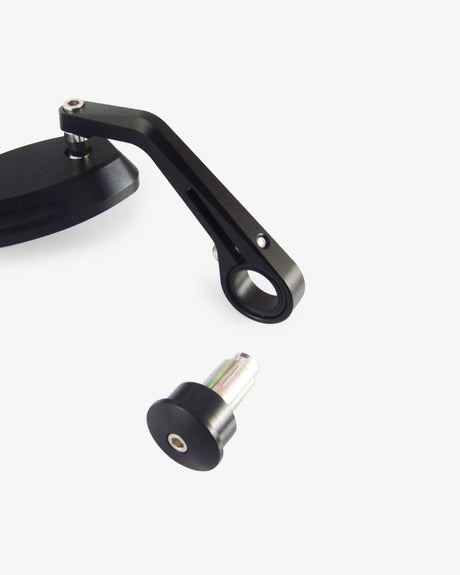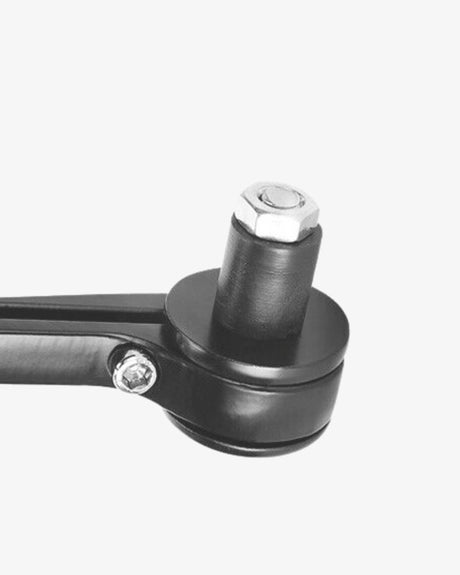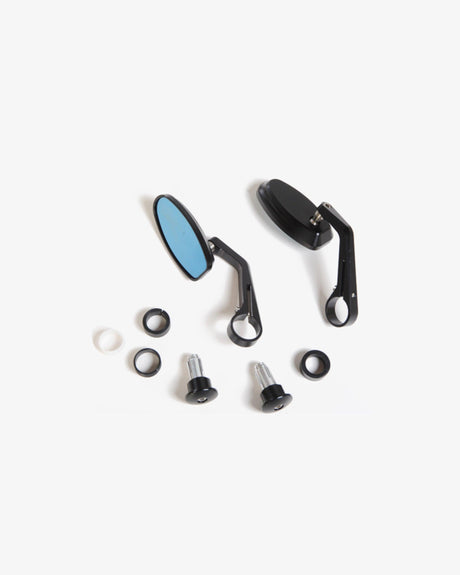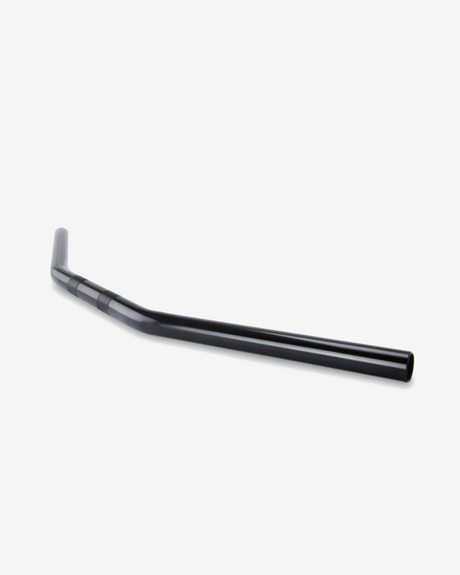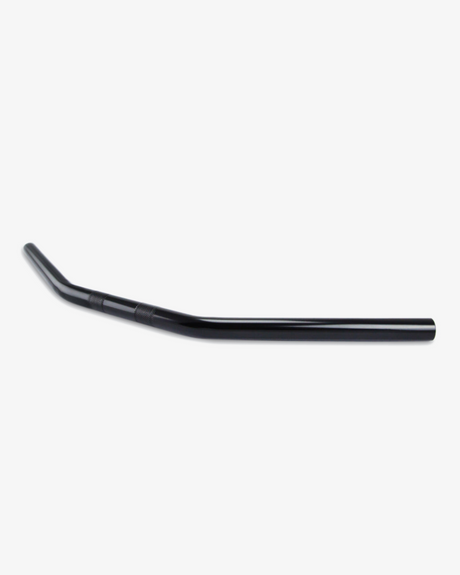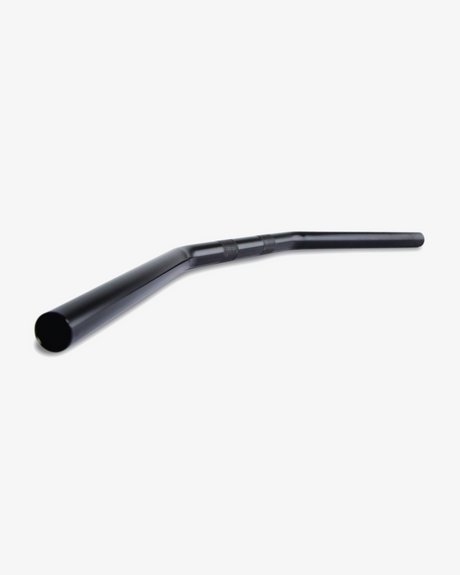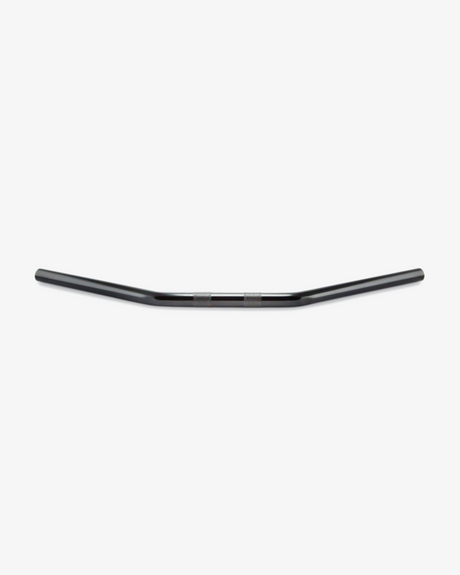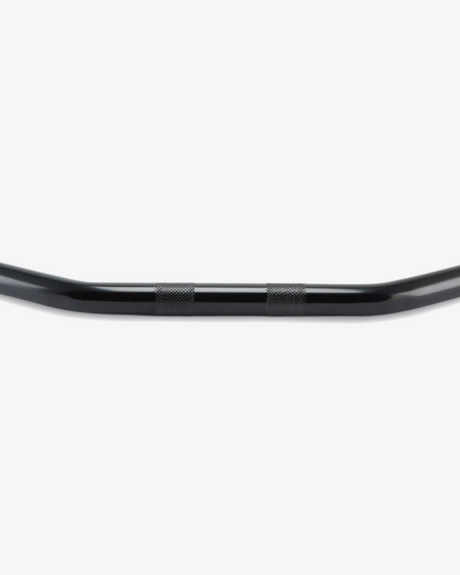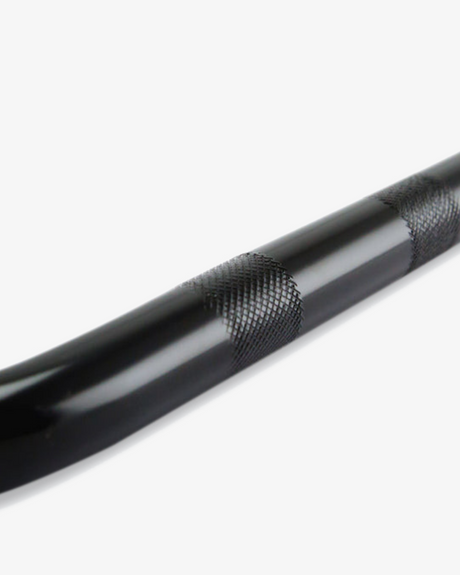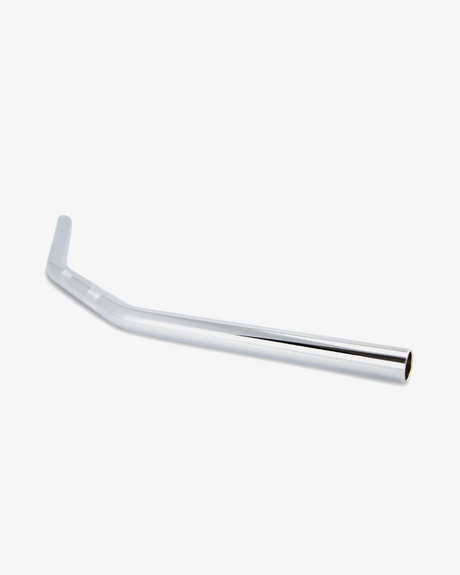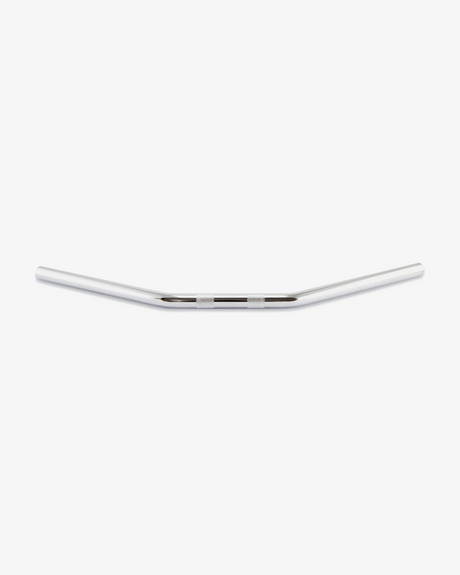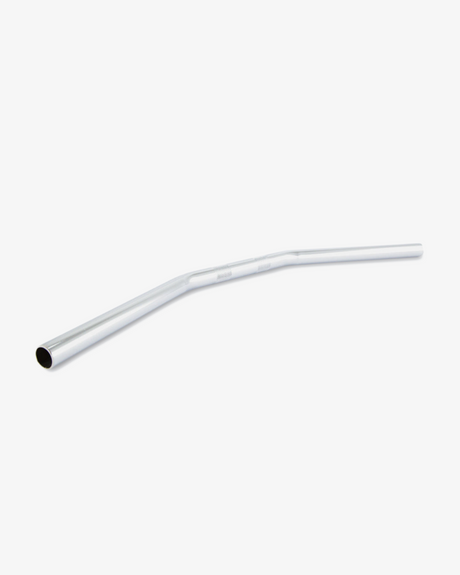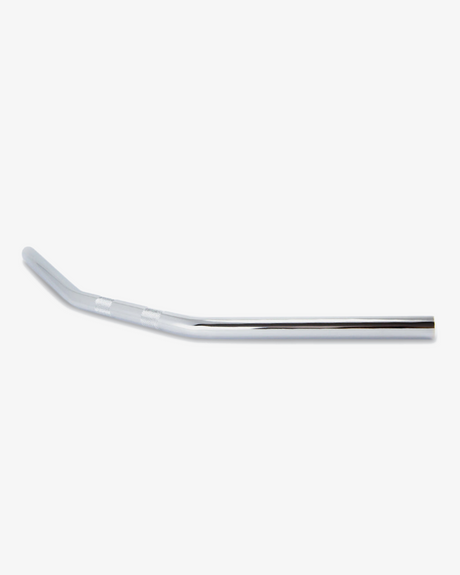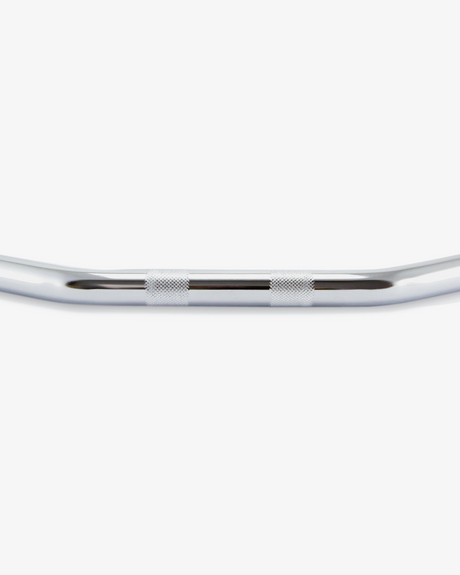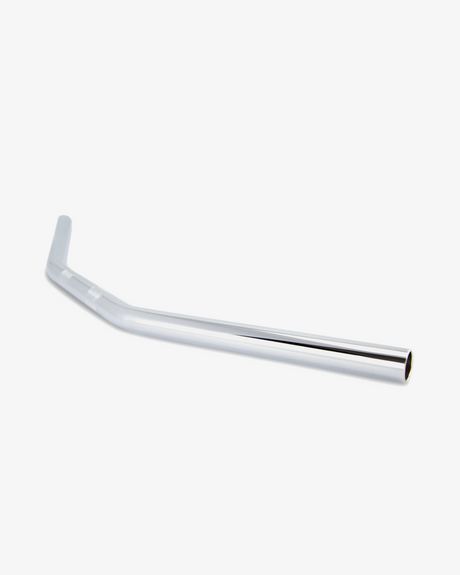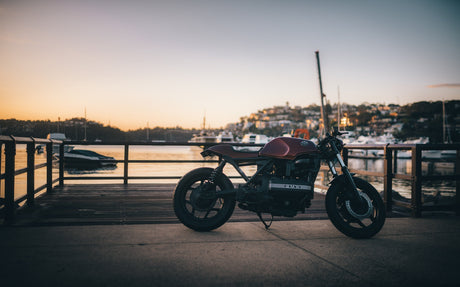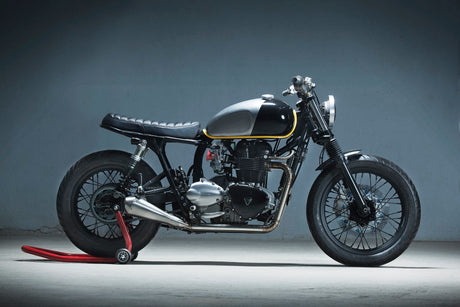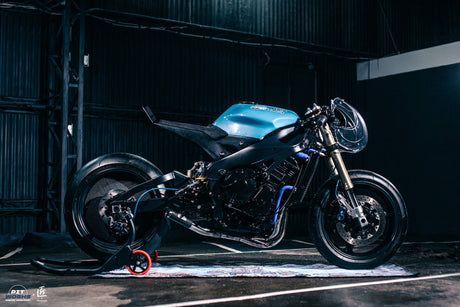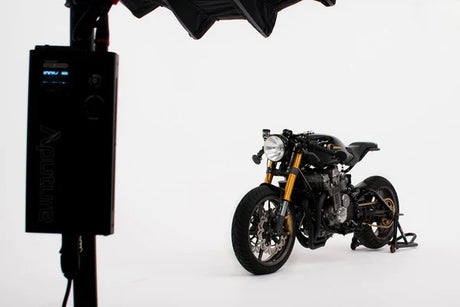The Honda CB750 Four is, without a doubt, an iconic motorcycle. It’s been labelled as one of the greatest motorcycles ever made, holds a revered position in the AMA Motorcycle Hall of Fame and has even made an appearance at the Guggenheim Museum. It was the first production “Superbike” to hit the streets and from 1969 to 1978 the Japanese manufacturer sold over 400,000 K series SOHC CB750s (K0 through to K8).
The mighty CB750 also became the poster child of the ‘new wave’ custom scene during the late nineties thanks to its classic good looks and relatively affordable secondhand price. A lot has changed since then though. K series CB750’s have become hot property and decent early models are fetching some pretty hefty sums. Luis Martins of Lisbon’s Cafeina Motorcycles is well aware of the CB’s esteemed status. He’s been racing motorcycles for well over a decade and building them for nearly as long. So when the opportunity came to work on a K series CB750 he decided to approach the build a little differently.

Rather than transforming his 1978 Cb750 Four K8 donor into something it was never meant to be, Luis opted to perform a resto-mod. This meant retaining the bikes classic good looks but upgrading its performance using modern components.
The project began with a complete overhaul of Honda’s suspension. At the front end, he swapped the ’70s standard forks with a set of inverted items from a Yamaha FZR 1000. The modern forks have been retrofit to the frame using a specially modified triple clamp. Luis says the new configuration has “made the steering angle more incisive when it comes to predicting any curve, without hesitation and with precision.”

By repurposing the original top clamp Luis was able to retain the Honda’s top-mounted handlebar setup. The new bars sits lower than the originals but they’re wearing the stock controls and sit behind the bike’s original twin gauge assembly.
At the rear of the CB is an even more dramatic change which brings the bike up to speed with 21st Century sports bikes.

The Honda’s rear wheel is now supported by a mono-shock set up which was repurposed from the same donor as the front end. Along with the shock itself, Luis has shoehorned the FZR aluminium swingarm into the CB frame. It’s an unlikely pairing, but the payoff in handling improvements was clearly worth the effort. To get the whole setup to work Luis has welded mounts for the shock to the stock chassis. Although he’s lost the classic twin shock look the revised rear end is much more svelte than the original and he’s dropped a bunch of unsprung weight.
Another big improvement that can be attributed to the projects Yamaha FZR 1000 parts donor are the new brakes. This CB now bites down on a pair of 320mm discs via 4 piston callipers at the front and a complimentary set up in the rear. The wheels too are adapted from the FZR. They’ve been rebuilt and offer more grip due to their wider profile and modern rubber.

With the engine, Luis has performed a full rebuild and retune. The biggest changes of note is the blacked-out paint scheme with shaved cooling fins, the removal of the airbox and his approach with the exhaust.
Back when Honda released this CB750 a common aftermarket modification was to swap out the 2-into-2 pipes with a sporty 4-into-1 system. So this is exactly how Luis approached his exhaust overhaul. By chance, he stumbled upon an original system from back in the day with a classic megaphone muffler. The new pipes add just the right amount of visual and audible muscle to let people know this roadster means business.

In keeping with his approach of retaining the CB’s period-correct appearance, the bodywork of the CB is all original Honda equipment. The fuel tank, tail unit and side panels are all repurposed from a CB750F of the same era. The turn signals are F series too but he’s done away with the mess of plastic beneath the tail to tidy things up.

To complete his Honda CB750 Hanashi (story) Luis retained the original Honda badges but put together his own paint scheme. In these photos, the bike appears black but it’s actually a deep metallic brown with a metallic gold peppered through it. He says in direct sunlight the bike takes on a whole new look that needs to be seen to be really appreciated.
We’ve seen our fair share of heavily customised Honda CB750’s but it’s the understated excellence of this bike that makes it something special.

